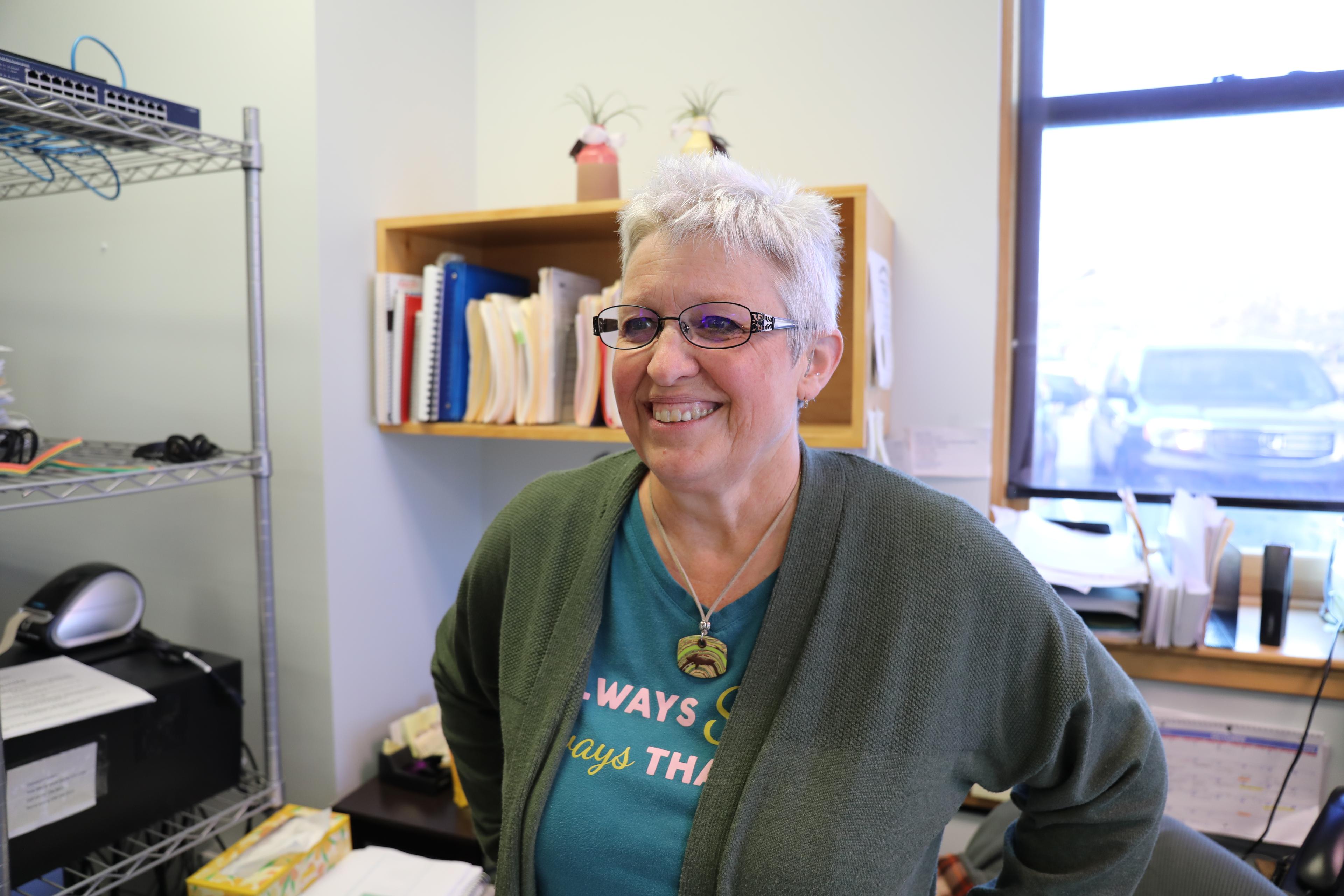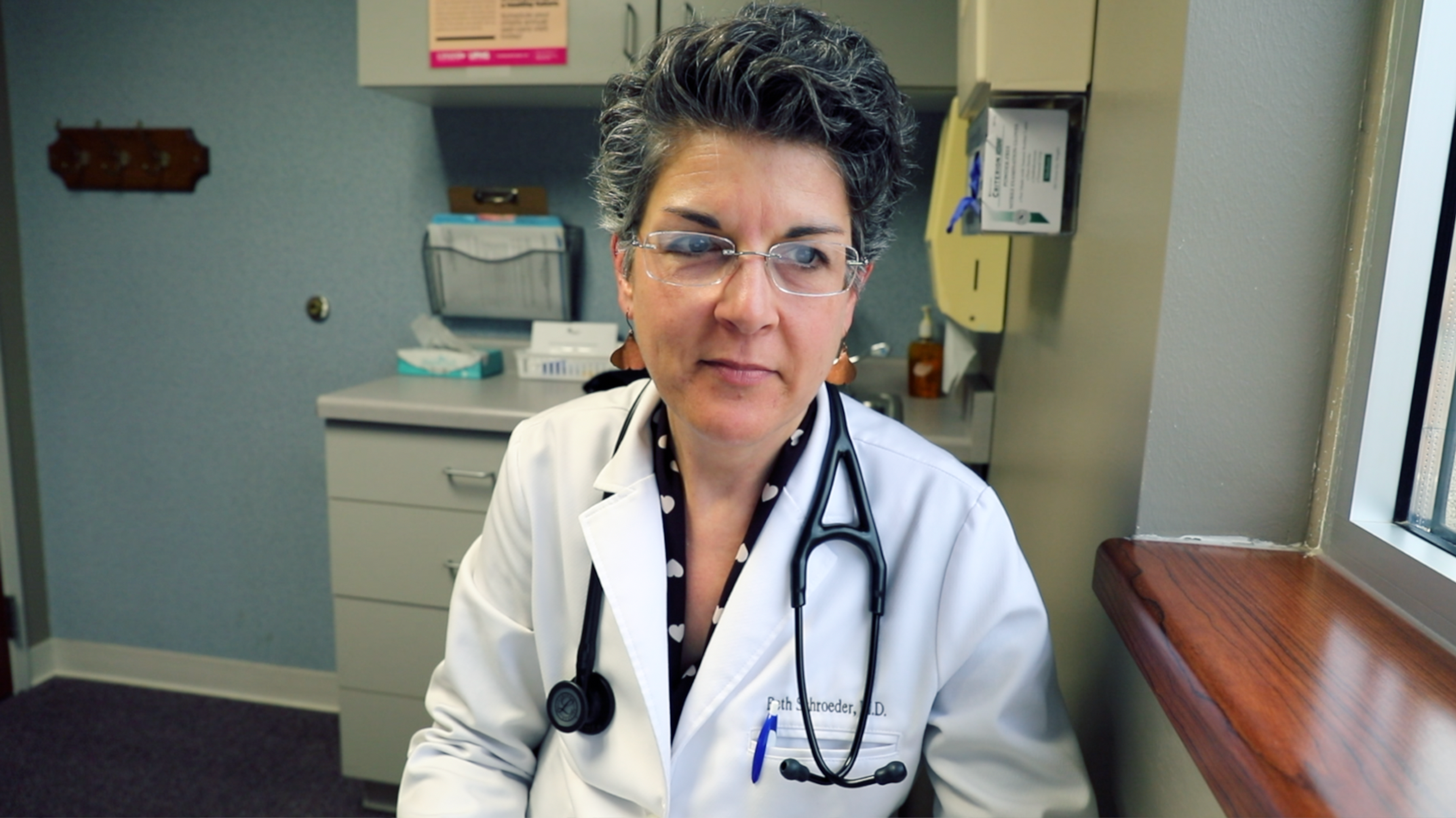Tips to Manage High Blood Pressure or Hypertension
Jake Newby
| 4 min read

High blood pressure – also known as hypertension – can be a silent killer. It often develops slowly over time without any symptoms. Being aware of the risks and subtle warning signs presented by high blood pressure can help you take the necessary steps to get it under control.
Uncontrollable risk factors for hypertension include age, diabetes, family history and race. Risk factors that can be controlled include weight, diet, sleep, tobacco and alcohol use, stress levels, and whether we live a sedentary lifestyle.
Let’s focus on the risk factors we can control. Here are four measures you can take right away to reduce your blood pressure and increase your quality of life.
Monitor your blood pressure at home and get regular checkups
It’s important to know your numbers. Is your blood pressure in an unhealthy range? A “normal” blood pressure reading – according to the American Heart Association (AHA) – should consist of an upper number (systolic mm Hg) that’s less than 120 and a lower number (diastolic mm Hg) that’s less than 80.
If you’ve been diagnosed with hypertension, it’s important to monitor your blood pressure. Schedule regular checkups with your primary care provider (PCP) and discuss an at-home monitor with them to measure your blood pressure at home (read below about a potential way to acquire one). Here are some best practices for measuring blood pressure at home.
Focus on diet and exercise
Limiting or stopping smoking or using tobacco and alcohol are two critical ways to reduce high blood pressure. When it comes to food, a well-balanced diet that is low on salt is good for the heart. This should include multiple daily servings of fruits; vegetables; grains; fat-free or low-fat dairy products; nuts, seeds or dry beans and fats and oils. Weekly meat intakes should consist only of lean meats like poultry and fish. Limit sweets and added sugars to five servings or fewer per week. For more in-depth diet info, see if the DASH diet is best for you.
It's also important to enjoy regular physical activity. Most healthy adults should get at least 150 minutes (two hours and 30 minutes) per week of moderate-intensity physical activity, such as brisk walking. Include flexibility and stretching exercises and incorporate muscle-strengthening activity at least two days each week.
Get a good night’s sleep
People with irregular sleep patterns may face substantially higher odds of high blood pressure than those who stick to a schedule, even when they get the recommended amount of sleep each night, according to the AHA. Sticking to the same sleep schedule, even on weekends, is a great place to start. You can also start getting better sleep by:
- Avoiding caffeine at least 8 hours before bedtime.
- Setting boundaries with lights and technology, including avoiding screen times up to 2-3 hours before bed.
- Getting regular sunlight to trigger your body’s sleep-wake cycle.
Explore a Hypertension Management program
Getting healthier is always easier with some help. Many Blue Cross Blue Shield of Michigan (BCBSM) and Blue Care Network (BCN) health plans include a Hypertension Management program for those who are eligible.
In partnership with Teladoc Health, this program is available to all fully insured groups and to ASC groups that purchase the program. It’s equipped with easy-to-use tools and personal support that helps you stay on track with your PCP’s plan. Participants enrolled in the program receive:
- A connected blood pressure monitor that captures readings in the cloud automatically.
- Digital reports that can be easily shared with care providers or loved ones.
- Step-by-step action plans based on goals.
- One-on-one support from expert coaches, including tips on nutrition, activity and more.
BCBSM or BCN members, log into your member account and visit the “Programs & Services” tab to verify if you’re eligible for the program. Check out this flyer for more info.
Photo credit: Getty Images
Continue reading:





